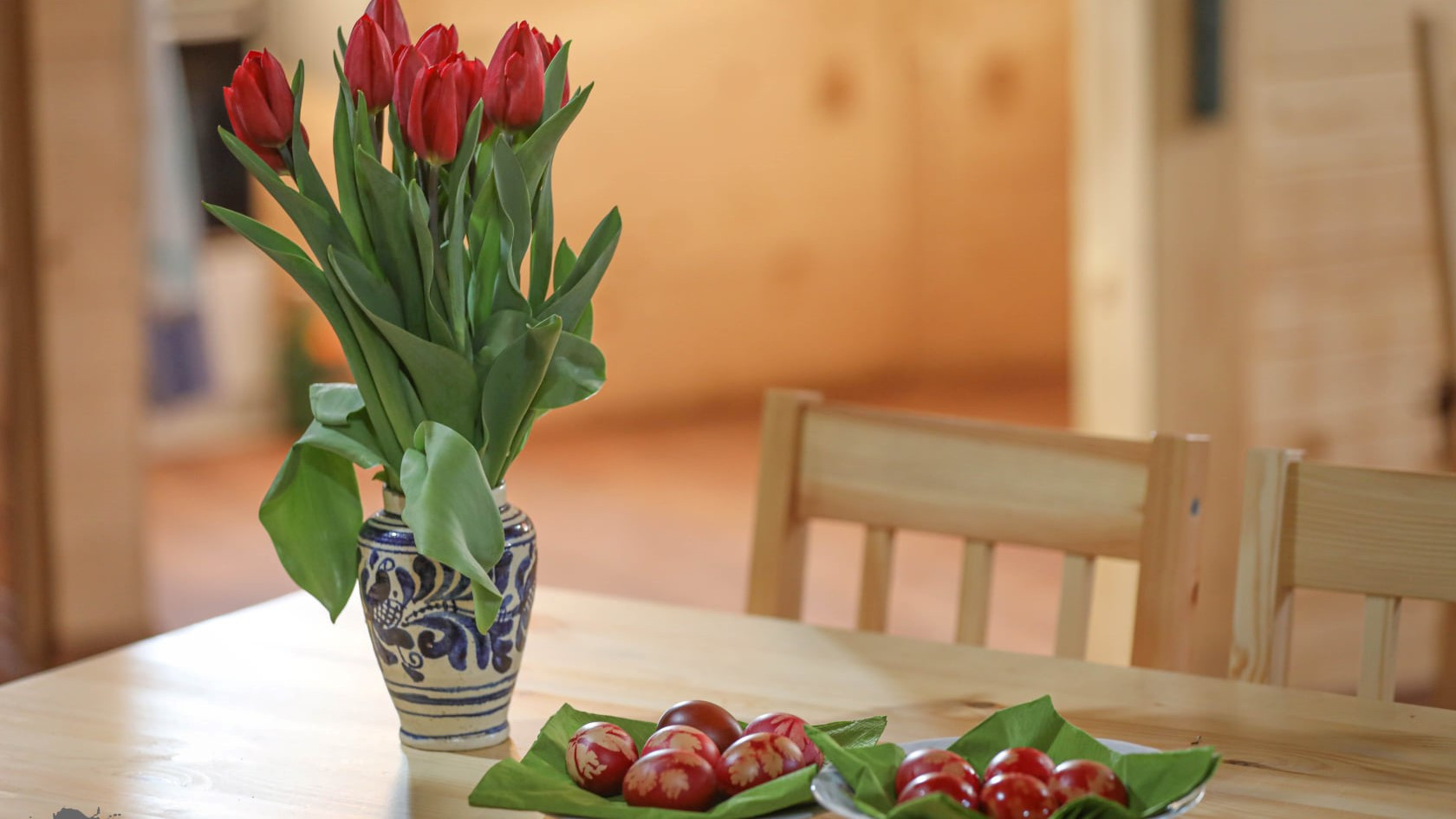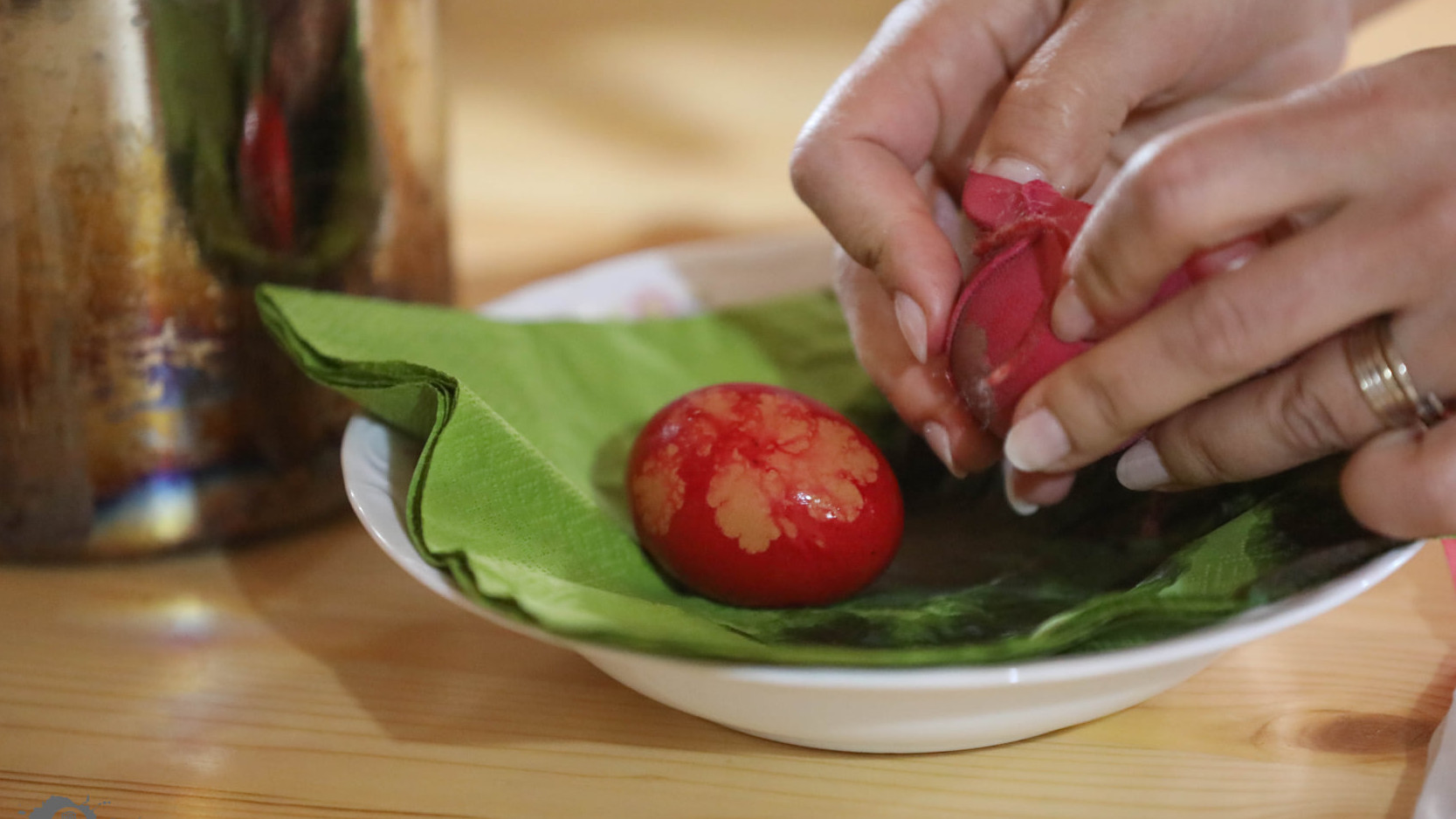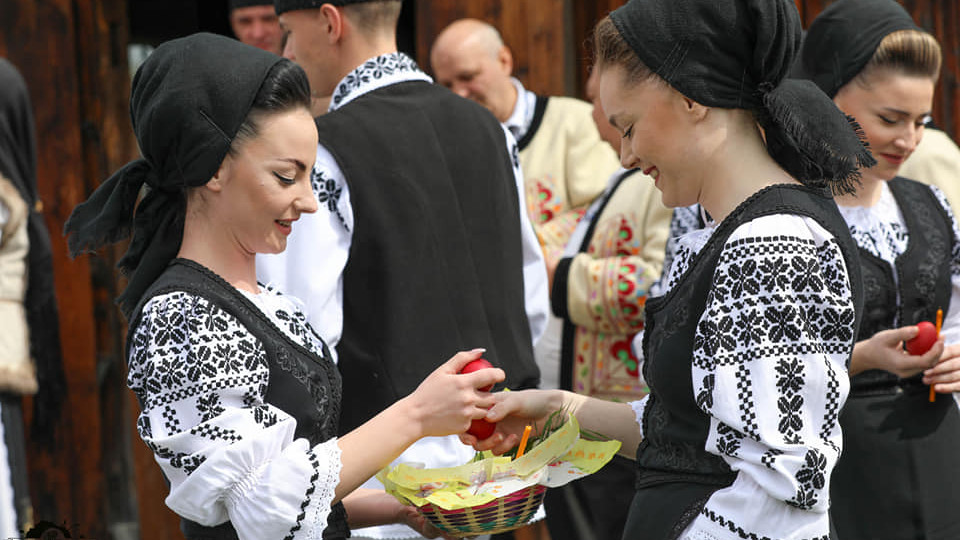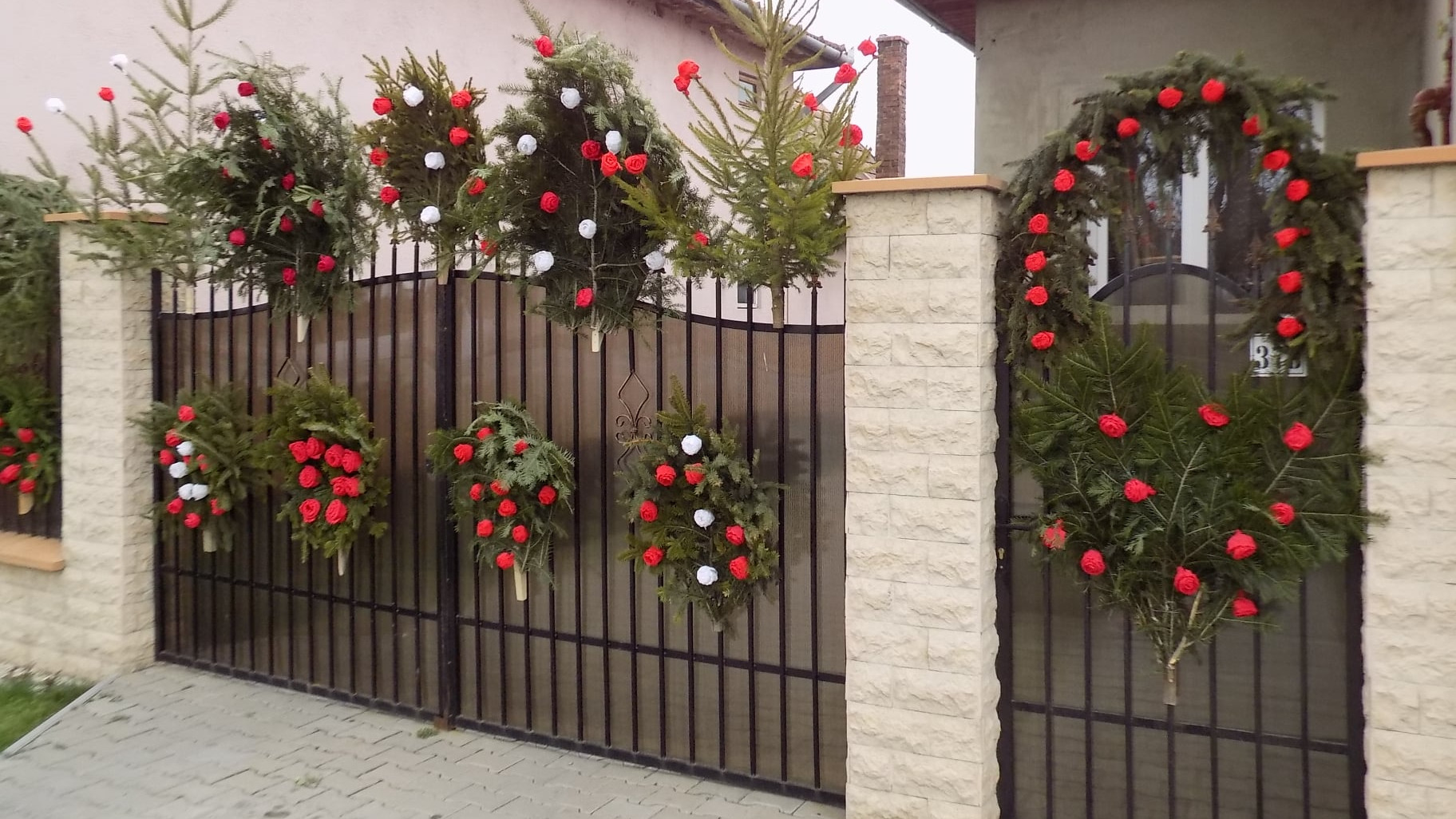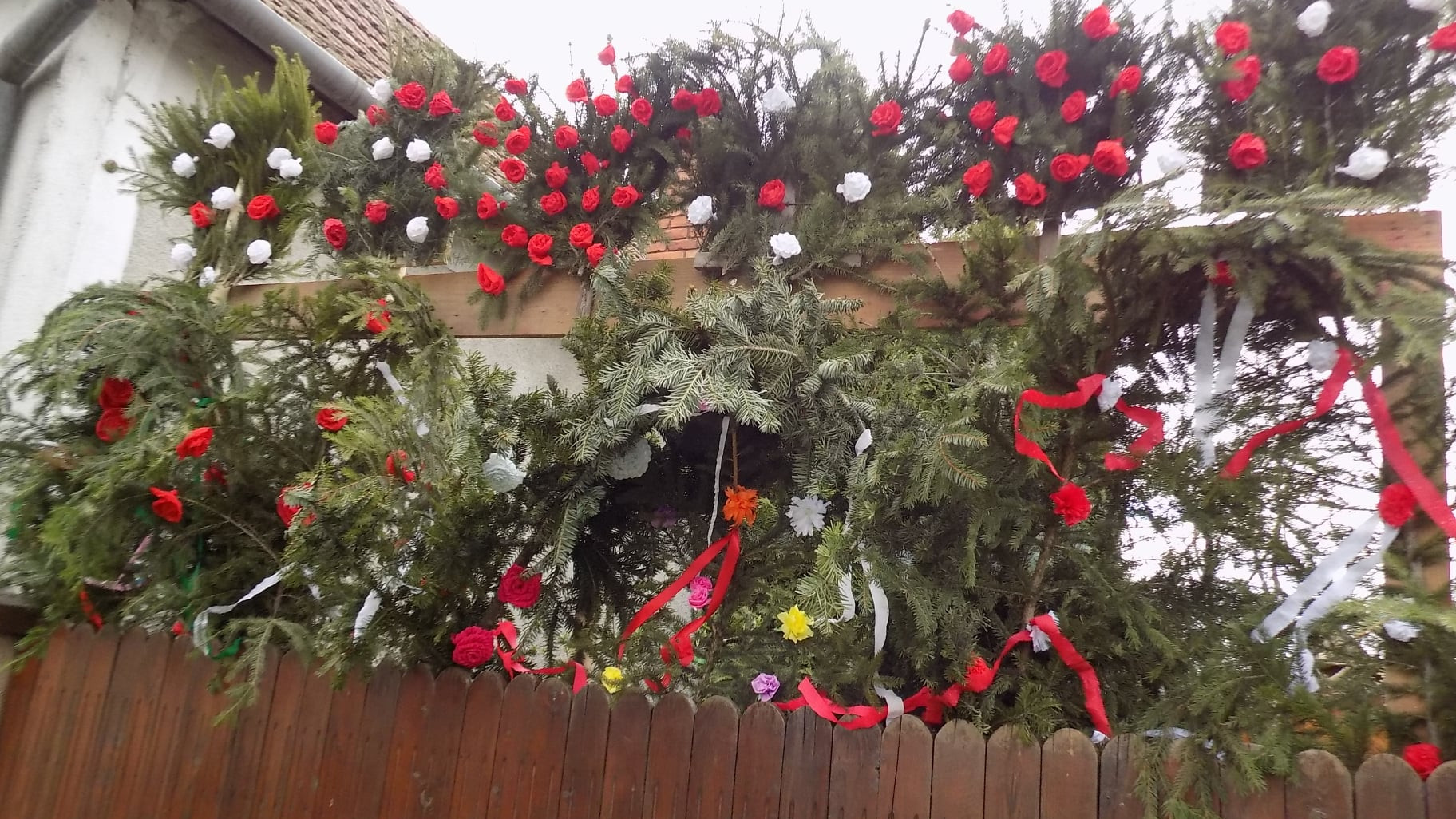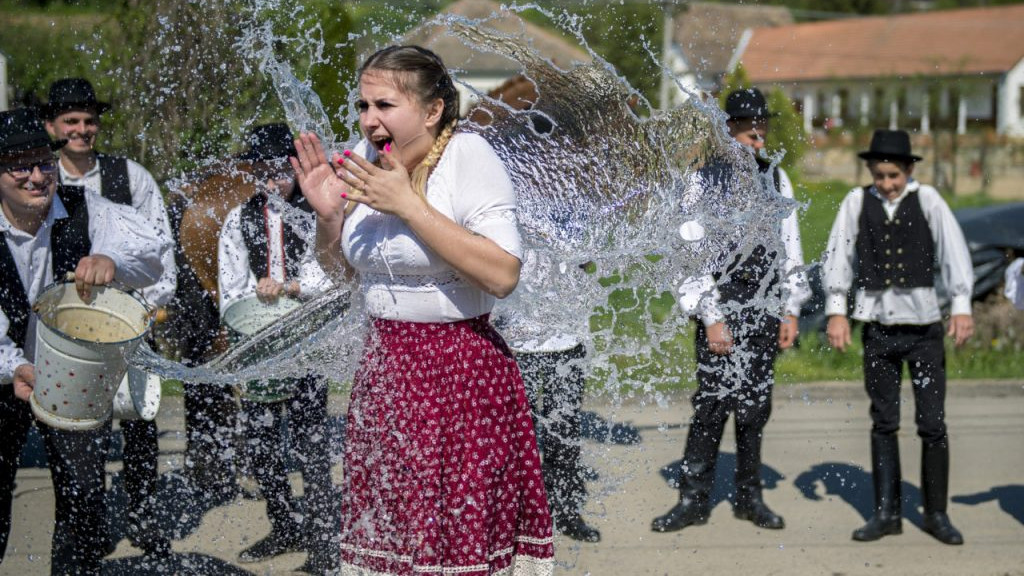Traditions and Customs At Easter in Mureș County
Transylvania, a land characterized by an unparalleled natural, spiritual, historical and cultural richness, is the place where various customs and traditions passed down from the elders are preserved and cherished, by the Romanian, the Hungarian or the German ethnic groups. Mures County is no exception, on the contrary, it represents the magical realm in which they are all intertwined in a harmonious way, making them even more valuable. All this is due to the fact that since the 16th century, religious freedom has been granted here to all the nations inhabiting the historical Principality. One of the times and places where those interested can enjoy this cultural-historical confluence are the Easter-themed fairs, organized either before or even for Easter, in various cities such as those in Târgu Mureș. "Târgul Mureșenilor" (Muresenilor Fair), "Târgul de Primăvara" (Spring Fair), "Târgul de Paște" (Easter Fair), "Local Famers Market - ediția de Paşte" (Local Famers Market - Easter edition) and "Târgul Cetății" (the Citadel Fair) are just a few examples.
The Easter holidays, celebrated every year by the inhabitants of this part of Transylvania, represent the most important Christian holiday, being characterized by several elements common to various ethnic groups and religious denominations, such as cleaning before the holidays, cooking homemade treats such as "pasca" (Easter sweet bread with cheese filling), "drob" (lamb haggis), "cozonac" (sweet leavened bread with cocoa, walnut or turkish delight filling) and red-shelled eggs, the Resurrection service, the family meals and the sprinkling of the girls.
Preparing for the Easter feast begins for Catholics, Reformed, Protestant and Orthodox alike with the Eastern Lent, the longest period of fasting of the year. For 40 days the faithful prepare not only physically, but especially spiritually, for this great celebration. Therefore, we speak not so much of an external preparation, cleansing and renewal as of an internal (spiritual) one.
Housewives everywhere strive to keep their homes, yards, clothes as new, clean and tidy, while men take care of agricultural work such as plowing, sowing, slaughtering or buying Easter lambs or helping their wives. About 20 kilometers from Reghin, in Gurghiu Valley, there is still an old custom of washing rugs, clothes, blankets and other fabrics with the help of a few whirlpools, which work like an ecological washing machine, not requiring the use of laundry detergents.
Those who find themselves nearby, during the Easter holidays, can also take part in the event organized by the Tourist Information and Promotion Center in Reghin, called "Aventură Urbană" (Urban Adventure), held between April 18-28, 2022.
You may not know it, but the rigors of fasting know certain differences, when it comes to the various religious denominations present in the geographical area of Mures County, whether we are referring to those in rural areas or in cities such as Sighisoara, Reghin, Sovata or Târgu Mureș. For example, if in the case of Roman Catholics and Orthodox, both giving up certain foods such as those of animal origin, as well as spiritual cleansing and renewal, is considered... in the case of the Reformed or the Protestants, fasting primarily means abstinence from sin, which goes hand in hand with good deeds, while it is up to the believers to decide whether or not to abstain from food.
One difference that is easy to notice is the date on which this great feast is celebrated. The Orthodox and Catholic churches do not calculate the Easter date the same way, which is why Christians only occasionally celebrate Easter together. Perhaps less obvious or known, the reason for this gap is the following. In short, although the formula used to calculate the date for the holiday is the same (the first Sunday after the first full moon, which coincides with or follows the spring equinox), the difference is given by the calendar used by the two major confessions for establishing the equinox. Roman Catholics and some Protestants consider the Gregorian calendar, while the Orthodox, in this case, use the Julian calendar. This is due to the fact that the Church of Jerusalem (the one in which for almost 20 centuries the miracle of the appearance of the Holy Light that, on the night of the Resurrection, is spread out to the Orthodox everywhere, takes place) also uses the old church calendar.
And because at the beginning we spoke about the diversity of traditions and customs that give a special charm to Mureș County, we present you with some of them, some more familiar, others probably less known.
In the commune of Daneș, located at a short distance from the Medieval Citadel of Sighișoara, the custom called "Străjeritul" (Guard keeping) dating back over 100 years, is still preserved by the locals. A group of unmarried young men, led by a more experienced man, usually a formal watchman himself, guard the tomb and the icon of the Resurrection of Jesus Christ, on Good Friday and on Easter days. Those who enter the church are not allowed to pass among them, only past them, as they stand still at the feet and head of the crucified Savior. On the Night of Resurrection they come out of the church, while guarding the icon of the Resurrection. The watchmen prepare for this moment throughout the Great Lent of Easter, practicing what they are going to apply, as if they were a military platoon.
A habit known to most residents of Transylvania is that of sprinkling the girls on the second day of Easter, a custom mostly present in the Saxon and Hungarian tradition and taken up by the Romanians in Transylvania. Thus, on the second day of Easter, married men, but also young men and children, go from house to house to sprinkle girls and women with perfume. They generally go to relatives and friends. It is interesting to note that in the past, boys watered unmarried girls with a bucket of fresh water from the well. The custom of sprinkling girls with perfume symbolizes well-being, life and fertility. The "waterers" are rewarded with ”cozonac”, a home-made sweet bread, wine and red-shelled eggs. In some villages in Mureş County, on the third day of Easter, it is the turn of the boys to be sprinkled, so the girls fill up buckets with fresh water from the wells in order to sprinkle the men and young men of the village. They can escape this only if it is too cold outside.
Another interesting custom, less known, practiced only in certain areas, such as the villages around Reghin (Ernei, Gornesti, Peris) or those around Niraj Valley, is that of decorating the gates on the night before Easter Sunday. Young Hungarians adorn the gates of unmarried young women with pine branches, decorated with colourful paper flowers, while the girls lurk, so that they can offer the boys some of the home-made goodies, money and red eggs the next day. The girl with the most admirers is obviously the one with the most beautifully decorated gate. In the village of Periș, the custom of stealing or changing the gates of the grumpiest householders, is still very much alive, thus punishing them. The gates are removed and hidden or thrown into the brook of the village or replaced with those of another householder living in another part of the village. This tradition is still kept alive in the village of Chibed, near Sovata, by the local community.
There are countless other Transylvanian customs and traditions at least as interesting as the ones mentioned above, but we will stop at the "Pogăniciului" or ploughman's chase, one of the oldest Easter customs among the Romanian community in Mures County. In the village of Sânmihai de Pădure, near Reghin, no first day of Easter passes without the most diligent boy in the village (the one who goes out plowing first) being chased by the locals. On Easter day, after the service, barefoot and undressed, the young people from the village chase the ploughman in order to catch him and throw him into the brook. If he escapes and makes it to the churchyard, he'll ring the bells to announce his victory, then he'll be wined and dined, but if he gets caught, he'll be the one to treat those who caught him to a feast.
We hope to have piqued your curiosity just enough to make you want to explore and discover as many of the mysteries of our county as possible. We recommend that you venture into the most famous locations such as Târgu Mureș, Sighișoara, Sovata or Reghin, but without limiting yourself to just these few. The rural areas have countless stories to tell too, through the voice of those who still live there, so... Dare and start experiencing everything this wonderful and varied territory has to offer!
